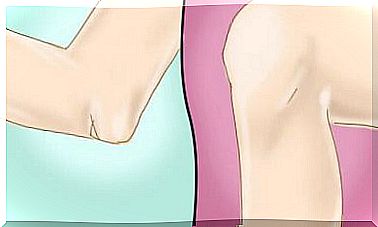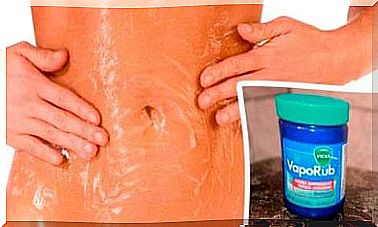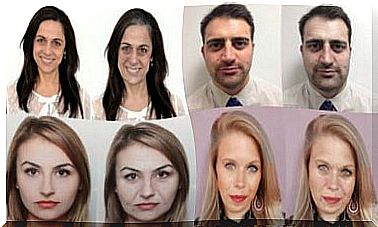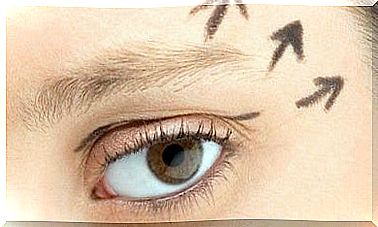Esophageal Foreign Body And How To Extract It

An esophageal foreign body is any material that could become stuck inside the esophagus. A third of all digestive foreign body cases are, in fact, a foreign body in the esophagus.
Many of the patients who have swallowed foreign bodies are asymptomatic, this is because they are able to pass through the digestive system on their own. However, this doesn’t always happen. Serious complications, such as intestinal perforation or obstruction, can occur due to a foreign body.
Faced with these situations, action must be taken as soon as possible. In the presence of the slightest hint of an esophageal foreign body, one must keep one’s guard up.
Causes and risk factors
In children, swallowing is the most common risk factor for an esophageal foreign body. This is because they have a habit of bringing any object to their mouth. In adults it starts with swallowing, but obviously it is due to other triggers.
As for adults, the most common cause of an esaphageal foreign body is an overly compact food bolus, typically meat-based. Blockage of the food bolus is usually favored by an already blocked esophagus. Among the pathologies that favor the narrowing of the esophagus are:
- Distal esophageal ring, usually congenital in nature.
- Tumor formation that narrows the diameter of the tube.
- Eosinophilic esophagitis: accumulation of a particular type of white blood cell in response to allergens or acid reflux.
How to act in the presence of an esophageal foreign body
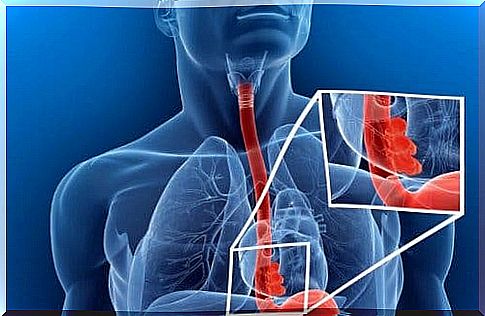
The European Society of Grastrointestinal Endoscopy (ESGE) has developed an intervention protocol in the presence of an esophageal foreign body. According to this institution, the general state of health of the individual must first be assessed in order to determine the urgency of the intervention.
Secondly, an x-ray examination is recommended in order to confirm the presence, location, size, position and number of objects in the event that:
- You suspect or are certain that the object is radiopaque (opaque to x-rays)
- The nature of the object is not known.
Endoscopy
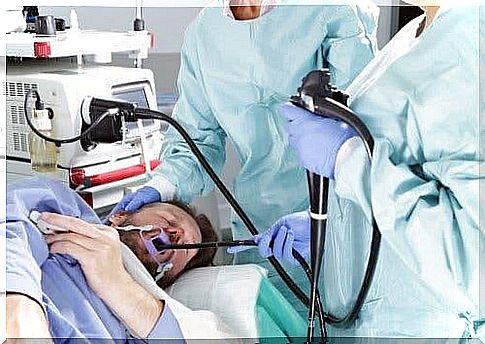
Endoscopy is a technique that involves introducing a probe (endoscope) into the body. This probe is composed of light and video camera, therefore it allows to visualize the inside of the organism.
Using an endoscope it is possible to intervene in order to change the situation. An example of how useful this is is the ability to extract esophageal foreign bodies. This procedure can be done using a flexible endoscope (most of the time) or a rigid endoscope.
Some studies suggest that endoscopy is a curative treatment if the foreign body is located in the upper part of the esophagus.
In addition to this, there are several variants of endoscopy. For example, a small, non-blunt esophageal foreign body could be extracted using the Foley catheter. This tool consists of a long, soft-textured plastic or rubber tube with an inflatable part.
Another procedure is esophageal dilation, which can also be used in the presence of small, non-blunt objects. It consists of introducing an instrument – known as a bougie – which is passed through the esophagus. The difference is that the goal of this technique is to push the foreign body towards the stomach.
Esophageal foreign body that has now reached the stomach
In the presence of a long and sharp foreign body, an endoscopy will be attempted. On the other hand, if the object is small and not sharp and if it has already reached the duodenum, conservative treatment will be carried out. First, an x-ray examination of the passage of the object through the digestive system will be performed.
Secondly, the stool will be monitored until the foreign body has been expelled. Finally, the course of the patient’s symptoms should be carefully observed.
It is known that 80% of esophageal foreign bodies now in the stomach spontaneously reach the final part of the digestive system. Despite this, about 12% of cases require surgery, which is currently performed almost in the absence of mortality.

